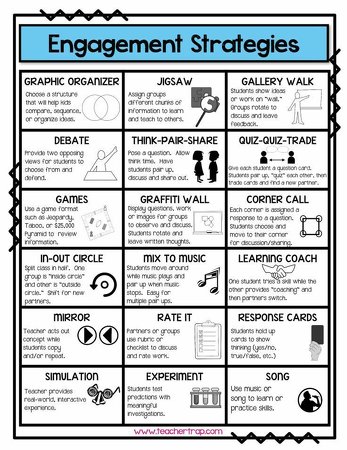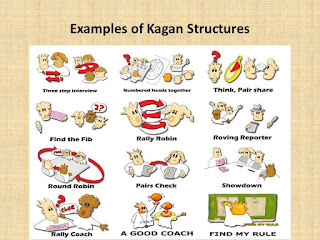Last year, our district went on winter break one week before Christmas, this year we get off the 22nd. As many teachers probably know, students start getting excited, hipped up, before a major holiday party or long break. It is hard to teach and cover new complicated concepts when they are just waiting for the bell to ring. Usually, I just keep same rules, expectations, and consequences. The only thing I may adjust the very last day is the activities. Many teachers choose to do literacy centers, math centers, or a classroom party with a craft, or to play a G movie, or to host a pajama day with an audio-book, or bring your stuffed animal to school. All those activities are privileges and you can organize them or set them up as rewards if they accomplish a goal in the classroom. For instance, students could have the goal of mastering math facts, or behave during the last week of school, or if they reach their reading goal.
You can communicate these activities to parents through a newsletter, flyers, etc. Always ask parents if they allow their child to watch a certain movie. Parents, usually like to volunteer or donate classroom funds to make these activities very enjoyable for their children, and they will buy snacks, or donate materials for special crafts.



